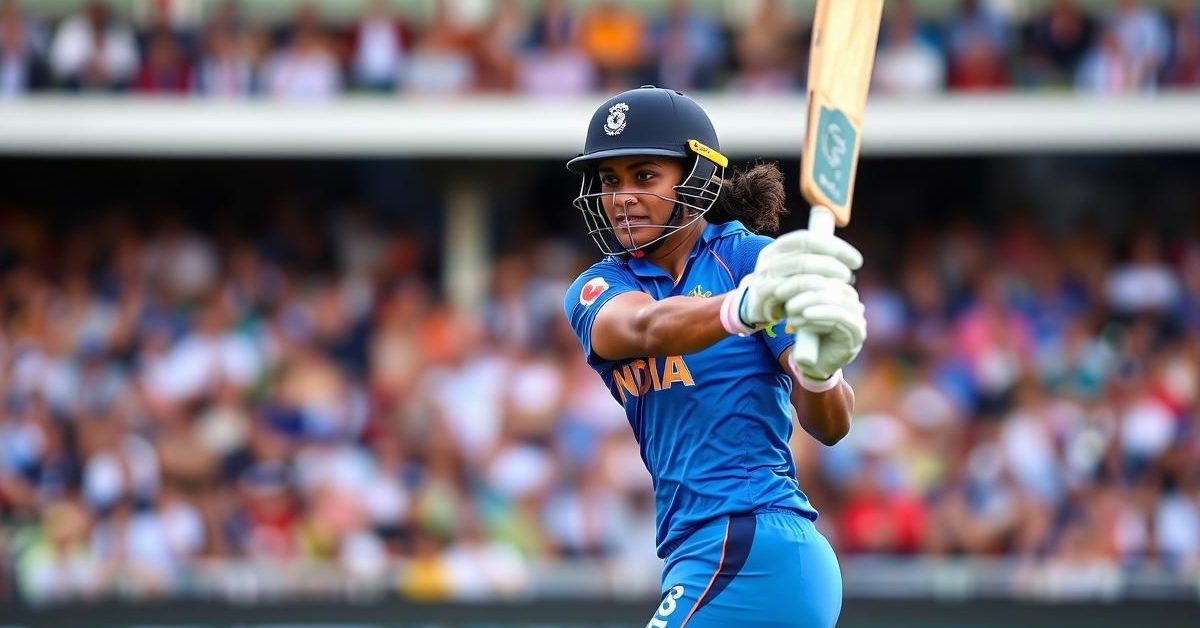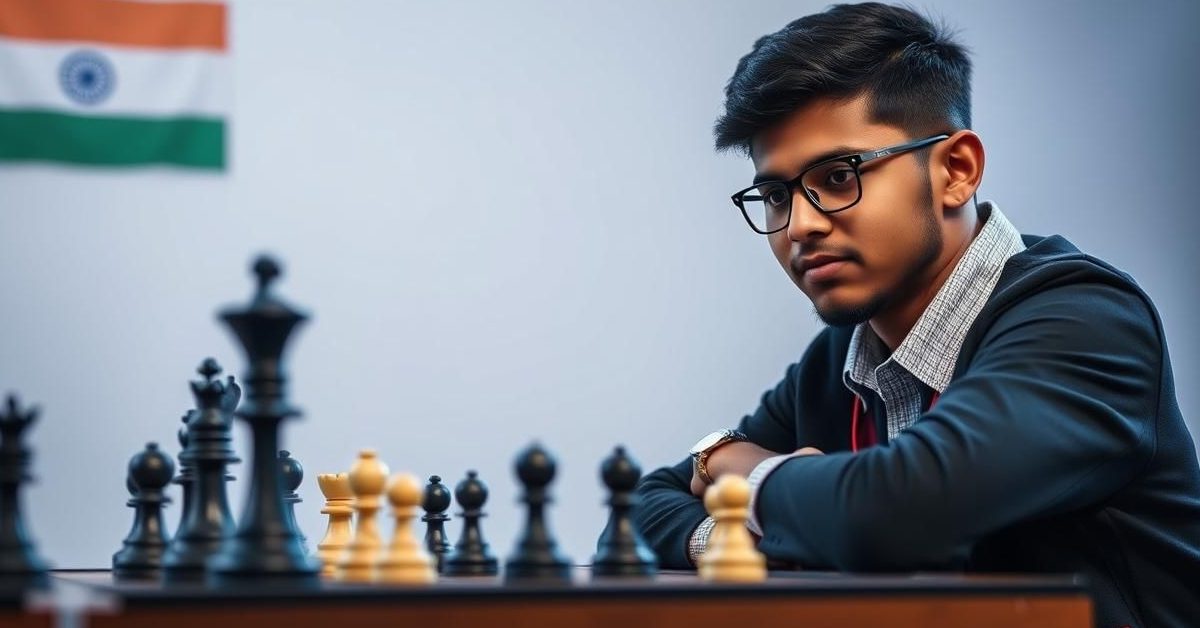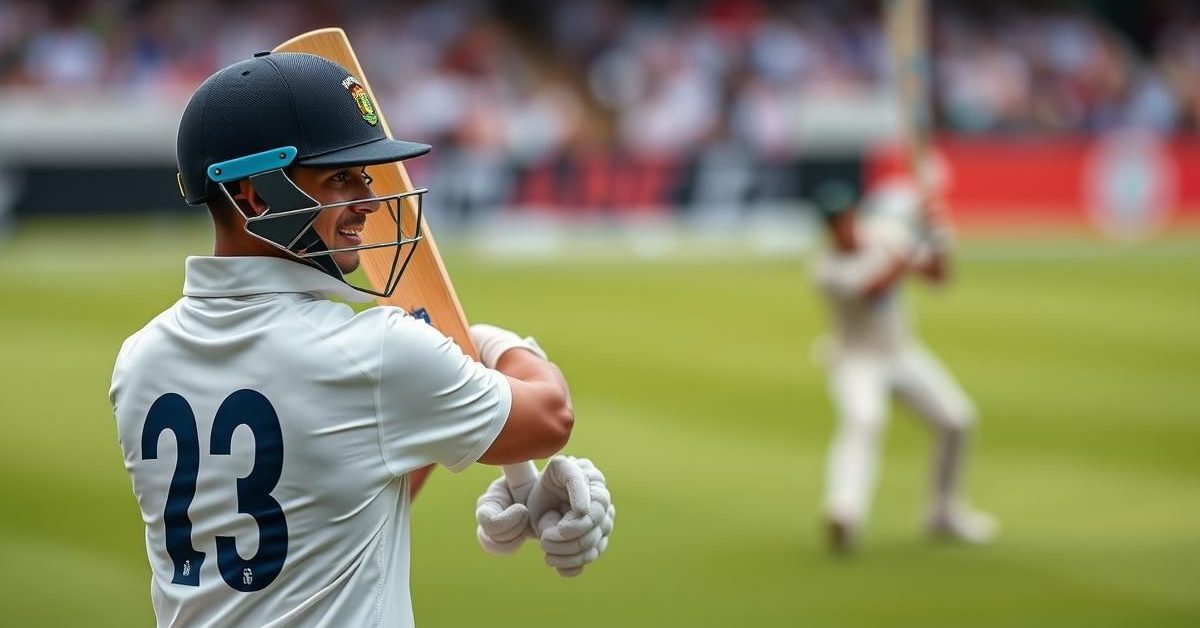Indian Women’s Hockey Team Faces Unprecedented Relegation from FIH Pro League
The vibrant dreams of Indian women’s hockey, once soaring after the Tokyo Olympics, now hang precariously. A stark reality looms large for the team, coached by Harendra Singh and captained by Salima Tete: imminent relegation to the second tier of global hockey. This disheartening prospect became almost a certainty after their recent 3-0 defeat to China in Berlin, marking their tenth loss in fifteen FIH Pro League matches this season. While a theoretical thread of hope remains, the practical implications point towards an unavoidable drop, prompting immediate and critical introspection.
The Achilles’ Heel: Penalty Corner Defence
A recurring, painful pattern has emerged as the primary culprit behind India’s struggles: an alarming vulnerability in defending penalty corners. This weakness has been ruthlessly exploited by opponents throughout the FIH Pro League. In their crushing 1-5 defeat against Belgium, a staggering four goals stemmed directly from penalty corners. Against Argentina, even in a hard-fought 2-2 draw, both goals conceded originated from these set-pieces. Even in their narrow 2-1 victory over Australia, the sole opposition goal was a penalty corner conversion. Unsurprisingly, China, the formidable Paris Olympics silver medallists, inflicted further damage on Saturday with two of their three goals coming from expertly executed penalty corners.
A Season Plagued by Defeat: The Pro League Journey
With a mere 10 points accumulated over the entire season, India’s standing in the FIH Pro League is dire. The recent loss to China, a pivotal “must-win” encounter, extinguished almost all realistic chances of survival. Fellow relegation battlers England compounded India’s woes by securing a crucial 1-0 victory against Germany, creating a four-point gap with just one match remaining. While the mathematical possibility of equalling Germany’s points total still exists (should India beat China again and England secure another win), overturning a daunting 13-goal difference is, practically speaking, an insurmountable challenge. The grim faces of the Indian squad at the final whistle in Berlin spoke volumes, reflecting the weight of a season gone awry.
The Grave Ramifications of Relegation
Dropping out of the FIH Pro League represents a catastrophic setback for Indian hockey, particularly with crucial tournaments like the World Cup and Asian Games on the horizon. The Pro League offers an invaluable platform: 16 high-stakes matches against the world’s elite teams, providing unparalleled exposure and development opportunities. In stark contrast, the second-tier Nations Cup is a week-long tournament, offering a mere fraction of the competitive matches against top-tier opposition. This relegation would significantly hinder the team’s progress, denying them the rigorous tests necessary to refine their skills and tactics against global powerhouses.
Beyond Penalty Corners: Deeper Tactical Shortcomings
While penalty corner defence undoubtedly holds a large share of the blame, a deeper analysis reveals a broader array of tactical deficiencies plaguing the Indian side. Their attacking play often appeared impatient and individualistic, lacking the imaginative flair required to break down resolute defences. Players frequently ran into opponents, and sharpness inside the ‘D’ – the crucial scoring zone – was consistently absent. In the initial quarters against China, the Indian strategy revolved around blindly hitting the ball hard into a crowded ‘D’, rather than intelligently switching flanks or employing intricate give-and-go passes to create space.
Missed Opportunities and Defensive Lapses
Even when genuine scoring chances materialized, the finishing touch eluded India. Baljeet Kaur, seizing possession near the ‘D’ early on, failed to even get her shot on target against Chinese goalkeeper Surong Wu. Later, Neha Goyal found herself one-on-one with Wu, but her hesitation allowed the alert goalkeeper to smother the shot. Even Deepika’s much-anticipated drag-flicks from penalty corners were notably soft and predictable, easily dealt with by the Chinese defence.
Defensively, the problems extended beyond just set-pieces. Coach Harendra Singh himself acknowledged during a half-time interview that the team conceded far too many “soft” penalty corners. China, initially struggling with their trap at the top of the ‘D’, adjusted their strategy. Yang Chen then delivered a sublime deflection in the 21st minute for the opener, followed shortly by Ying Zhang slotting her drag-flick into the bottom right corner, a shot where goalkeeper Jyoti Singh could arguably have done better. Anhui Yu sealed India’s fate in the 45th minute, beating Savita Punia with a well-taken tap-in, effectively breaking any lingering Indian resistance. Deepika’s late penalty stroke hitting the post further encapsulated India’s evening: creating chances, but failing to convert them, leaving the sword of relegation hanging heavy.
A Fading Echo of Tokyo’s Glory
The current predicament paints a grim picture, starkly contrasting with the euphoria of the Tokyo Olympics, where the Indian women’s team achieved a remarkable fourth-place finish. That high now feels like a distant memory, overshadowed by a succession of disappointments: failing to secure the Asian Games gold medal, missing out on qualification for the Paris Olympics, and now, teetering on the edge of Pro League relegation. Coach Harendra Singh’s argument of a “young Indian team” struggles to hold water, given that India’s squad against China averaged 81 international matches per player, significantly more than China’s 62. Despite the coach’s assertion of “excellent hockey,” the on-field evidence, especially against China, suggested otherwise. The time for excuses is over; the focus must shift entirely towards a candid assessment and radical solutions for a team seemingly in terminal decline.









